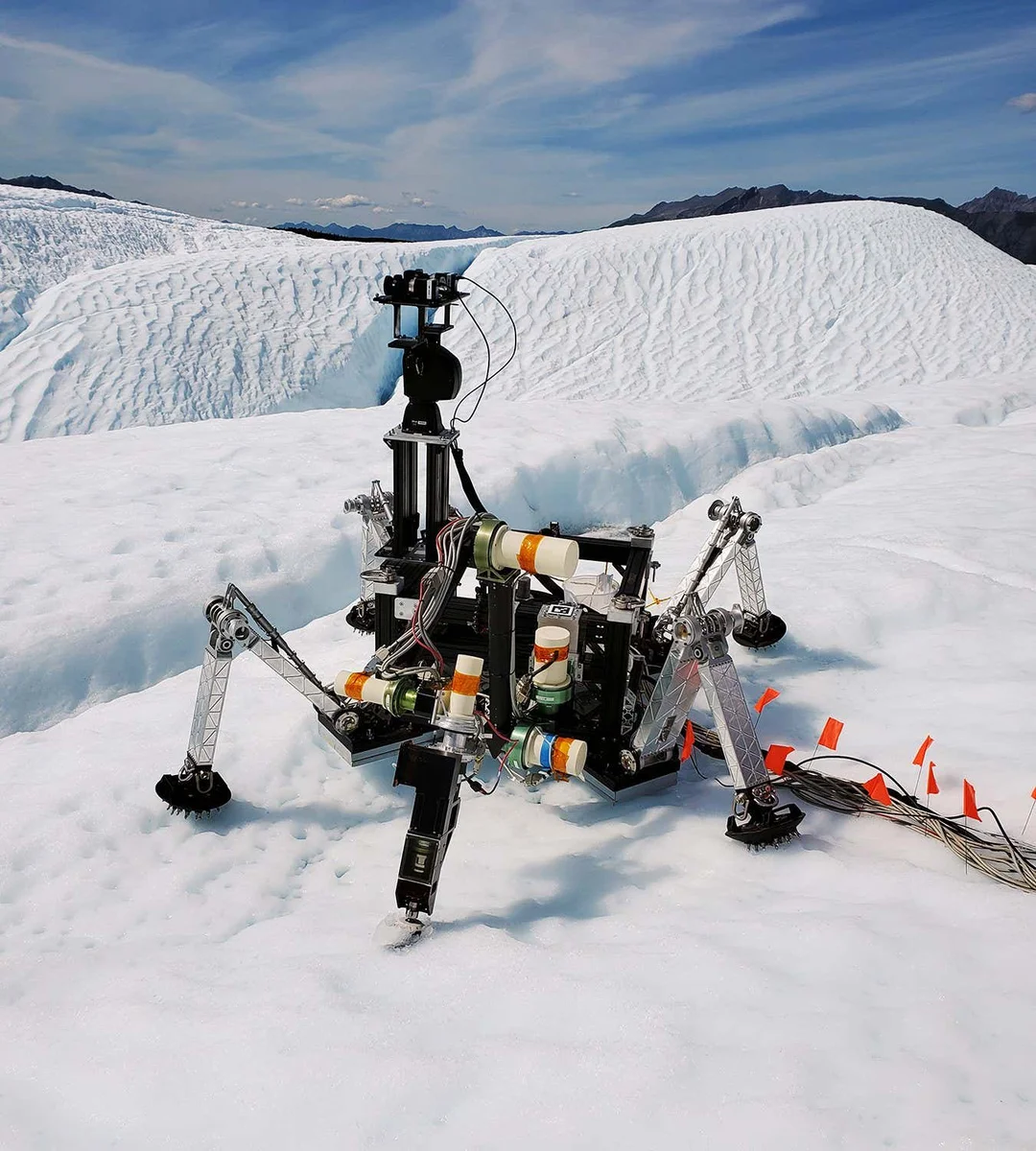
Europa’s Secrets Unveiled: Red Giant Sun, Robotic Explorers, and the Search for Life on Jupiter’s Icy Moon
The icy moon Europa, orbiting Jupiter, has long been a subject of intense scientific curiosity, primarily due to the potential for a subsurface ocean that could harbor life. Recent studies and missions are pushing the boundaries of our understanding, examining Europa under vastly different conditions and employing innovative technologies to probe its frozen depths. Is life possible after the death of a star? Can robots drill through kilometers of ice to find an answer?
Life After Death: Europa in the Red Giant's Embrace
A groundbreaking study published in Monthly Notices of the Royal Astronomical Society (MNRAS) in May 2025 explores the fate of Europa as our Sun evolves into a red giant. Researchers, including Elijah Mullens and Britney Schmidt, modeled Europa's surface evolution under the increased instellation of a red giant. They discovered that while the sub-Jovian hemisphere largely sublimates due to Jupiter's increased albedo, the anti-Jovian equatorial band also undergoes significant sublimation. The study suggests that a tenuous water-vapor atmosphere could remain stable for at least 0.2 Gyr, offering new pathways for life to persist even beyond the death of a star.

The research highlights the importance of considering post-main-sequence conditions when assessing the long-term stability of potentially habitable environments. The study opens a new avenue for understanding how life might persist even as stars evolve and change dramatically. According to the stellar and reflected flux variations model of the researchers, as the Sun transitions into a red giant, the surface dynamics on Europa, specifically how it gets heated by the Sun versus reflection from Jupiter, will dramatically change. Europa’s northern hemispheric solstice near Jupiter’s periastron greatly influences these effects.
Europa Clipper: The Adventure Begins!
Meanwhile, NASA's Europa Clipper mission, already launched on October 14, 2024, is gearing up to conduct detailed studies of Europa. Tracy Drain, chief engineer on the mission at NASA's Jet Propulsion Laboratory (JPL), gave a presentation about the Europa Clipper. This is the largest spacecraft ever developed by NASA for planetary exploration, with massive solar arrays and a radiation-shielded vault to protect its electronics from Jupiter's intense magnetic field. The Europa Clipper is ready to face major technical challenges as it powers on into the depths of space.
Robotic Explorers: Drilling for Life
Adding to the excitement, a prototype lander is being tested in Earth's icy environments, specifically designed to one day search for life on Europa. This robot, undergoing trials at Matanuska glacier in Alaska, is capable of autonomously drilling into the ice to collect samples. The lander's capabilities are particularly enticing given the scientific consensus that Europa's subsurface ocean could support life. The trials focused on drilling into ice to collect samples autonomously, a critical capability for future missions probing Europa's frozen depths.

What's Next for Europa
These ongoing efforts represent a multi-faceted approach to understanding Europa and its potential for habitability. From modeling its future under a red giant sun to developing robotic explorers capable of penetrating its icy shell, scientists are leaving no stone unturned. Will Europa reveal its secrets and confirm the existence of life beyond Earth? Only time, and continued exploration, will tell.
What do you think about the chances of finding life on Europa? Share your thoughts and theories in the comments below!